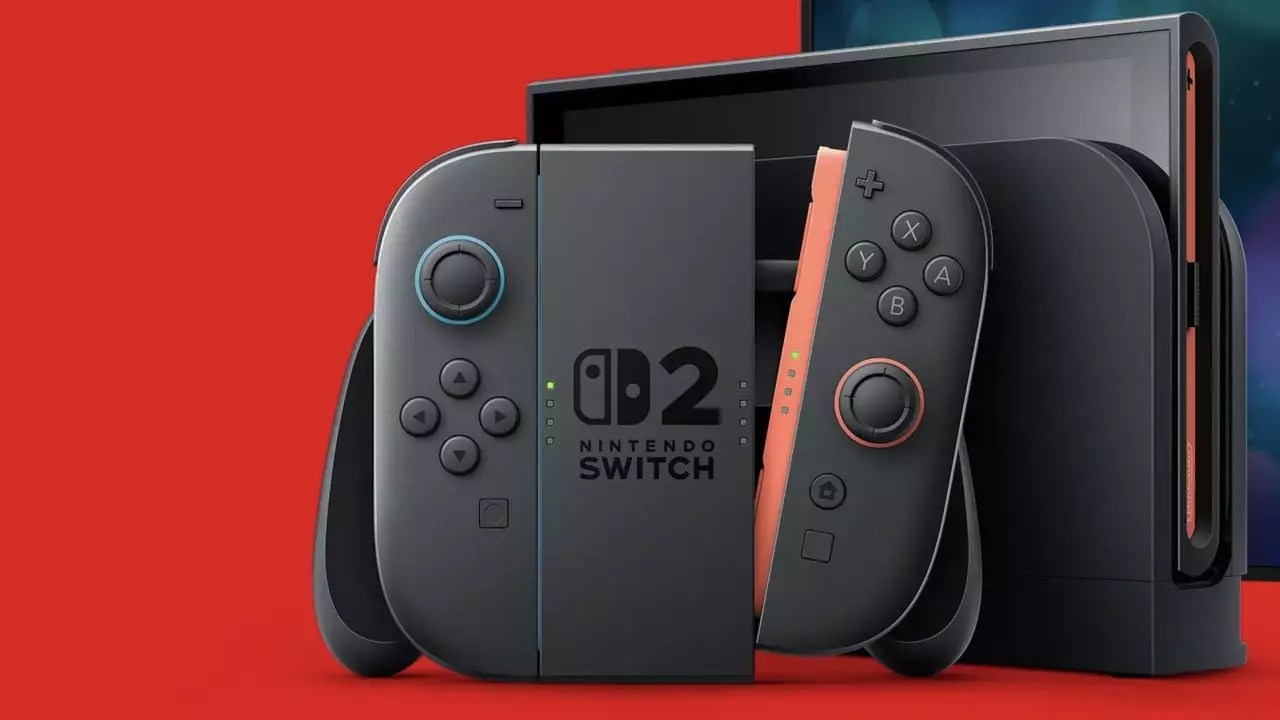As the gaming community eagerly anticipates the arrival of Nintendo’s next console, officially dubbed the “Switch 2,” it’s essential to dissect this naming choice. In a world rife with innovative technology and bold branding decisions, Nintendo’s conservative approach raises questions about whether it reflects confidence in its established brand or a reluctance to explore creative possibilities. During a recent interview, former PlayStation executive Shawn Layden elucidated that the decision to stick to the ‘Switch’ brand is primarily anchored in “brand value.” This sentiment is backed by hard data, as the original Switch has sold over 146 million units worldwide, establishing a monumental legacy.
In an industry where names can dictate initial perceptions, Nintendo’s choice can be interpreted as a nod to its loyal customer base. By sticking with a familiar name, the company ensures that its core audience remains connected to a product that has already resonated deeply. Utilizing the tried-and-true strategy of capitalizing on an existing brand is smart; however, it could also indicate a missed opportunity to redefine gaming expectations.
Layden’s assertion that Nintendo has carved out a distinctive niche in the gaming landscape reflects an industry consensus. The company has successfully established a brand identity that prioritizes family-friendly gaming, innovation, and creativity. Layden described this phenomenon as creating a “Private Idaho” for Nintendo, where the company feels comfortable and unique, independent of the competition. This perspective sheds light on Nintendo’s capacity to thrive in a marketplace overwhelming with more conventional gaming platforms.
The credibility of Layden’s thoughts is not just anecdotal; industry heavyweights, such as Microsoft Gaming CEO Phil Spencer, echo his sentiments, suggesting confidence in the Switch 2’s potential. He characterized the new console as likely to be a “massive success,” underscoring the belief that Nintendo has the requisite experience and acumen to navigate the ever-changing waters of the gaming industry.
However, one must consider whether merely affixing a “2” to the end of the Switch moniker provides clarity or falls short of adequately communicating the advancements and innovations that gamers might expect from this new iteration. Will a simple numeric increase be enough to inspire excitement and anticipation among consumers? While many analysts and gamers might perceive this as a straightforward evolution of an existing line, others may be left wanting more—a name that encapsulates both tradition and innovation.
This cautious naming strategy could reflect a broader trend within the gaming industry, one that favors heritage over novelty. As competitors innovate and redefine their brands, the question remains: Can Nintendo continue to rely on its established identity while also pushing boundaries? The assurance voiced by industry veterans regarding Nintendo’s future success is compelling, yet it could also signal an industry-wide commentary on the need for the company to adapt in a landscape marked by rapid evolution.
As the gaming world anticipates the Switch 2, it is crucial to analyze the connotations of its name and the implications that come with it. While there is substantial comfort in familiarity, Nintendo faces a tightrope walk of maintaining brand loyalty while innovating its identity for the future. Only time will tell if the Switch 2 becomes a triumphant continuation or a missed opportunity.


Leave a Reply